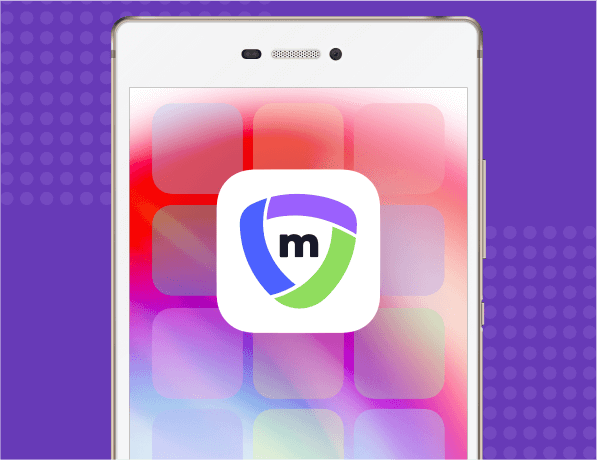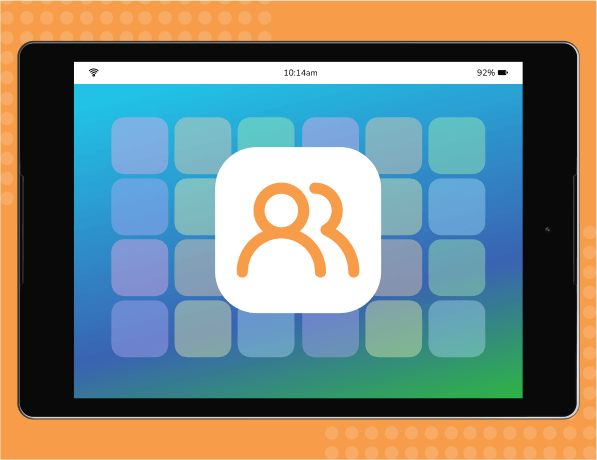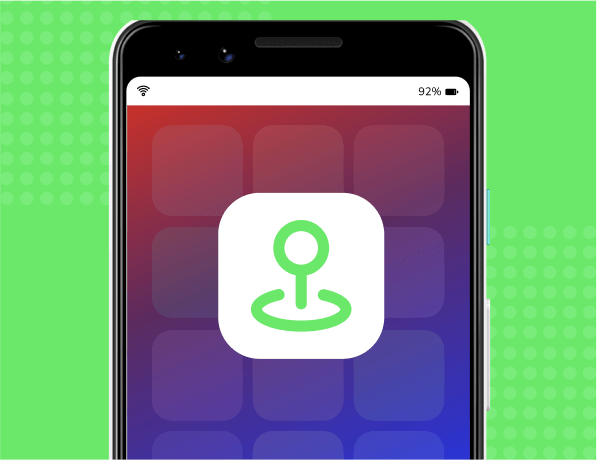England’s Department of Education released guidances to support head teachers in the banning of smartphones in England’s schools.
These new guidances are supported by research that identifies smartphones as a distraction and threat to student focus in class, resulting in the Department of Education moving towards banning smartphones entirely from primary and secondary schools.
Further to distraction and bolstering student attention during class, the guidances serve to assist head teachers in addressing and overcoming disruptive behaviour by students during and between classes, as well as online bullying experienced by students.
Yet, the significant role that smartphones occupy in the connected world ought to be acknowledged. As technology continues to develop and the integration of tech in our daily lives becomes ever more so, removing smartphones from the classroom prevents educational institutions from fully leveraging the potential of these devices.
Mobile Guardian views smartphones as a powerful tool that may be utilised for learning and when students are guided correctly on how to benefit from these incredible devices, this assists in fostering digital habits and well-being that serve well beyond the classroom. We appreciate a number of key advantages of smartphones that go beyond distraction and uncertainty.

To assist in helping students limit their time online and stave off distractions, a number of functionalities to restrict devices may be implemented that allow educators to empower students to take their time back.
Some examples of tools and features that provide this functionality are:
- Content Filtering: implement content filtering to restrict students to appropriate and educationally relevant materials.
- Security and Monitoring: restrict device activity, detect security threats, and protect student data and privacy.
- Classroom Management: guide device usage during class, enabling teachers to lead and maintain productive learning environments.
- Application Management: manage student applications to align student applications with the curriculum.
- Parental Engagement: facilitate parental involvement via insights into students’ device usage to foster discussions about digital citizenship and screen time.

The impact of having these tools and features goes beyond eliminating distractions in the classroom.
We believe that by incorporating smartphones into K-12 classrooms that are effectively restricted, teachers and students will be able to mature and develop alongside their use.
This will allow educational institutions to help develop digital maturity in their students.
Some examples of how digital maturity may be fostered within students:
- Limiting device time
- Familiarising students with the concept of a limited amount of device time per day is a positive mindset to foster, and mitigating excessive use of devices is beneficial.
- Developing this maturity towards device use is facilitated by most modern operating systems, which include alarms and notifications for users once a certain amount of time has been spent using the device or a particular application.
- Safer online behavioural habits
- Guiding and informing students of how to behave online will assist them to develop behavioural habits that are healthy, and safe.
- Communicating the type of content that is online and how exposure to information shapes our world, helps students be savvy and aware of the type of online content and information they are consuming.
- Student awareness and consideration
- Through limiting and explaining the dynamics of online behaviour students will become more aware of the impact that their behaviour online has
- Further exploring how people behave on social media and that these are real-world experiences are important life lessons for students
- Application design intentions
- By appreciating the design intention of applications, and the goals of software creators, students will better understand the addictive and attention-grabbing nature of applications
- Simply by understanding this intent, students will be better equipped to confront the addictive nature of applications
Panashe Goteka, EdTech Advocate here at Mobile Guardian said:
“A key feature of Mobile Guardian, Time-based Profiles, has proven to be an effective tool for managing device usage in schools.” This feature allows administrators to dynamically regulate access to online content throughout the school day, ensuring alignment with the curricular requirements and fostering a conducive learning environment. Then once the school day is over, the profile will revert to home-based access allowing students to browse freely and without any regulation or data regulation from their school.”

We at Mobile Guardian strive to build software that transforms how we teach and learn and to bridge the educational divide by ensuring that every student’s device becomes a secure gateway to knowledge, development, and growth. A properly managed smartphone can be transformed into a powerful asset for education, rather than a mass source of distraction.”
Explore how to enhance the focus within your learning environments, understand how students utilise their devices during class, and ensure learning is the top priority with Mobile Guardian’s Teacher and Administrative Dashboard here.
Onwards,
Nicholas Norman
Team Mobile Guardian




